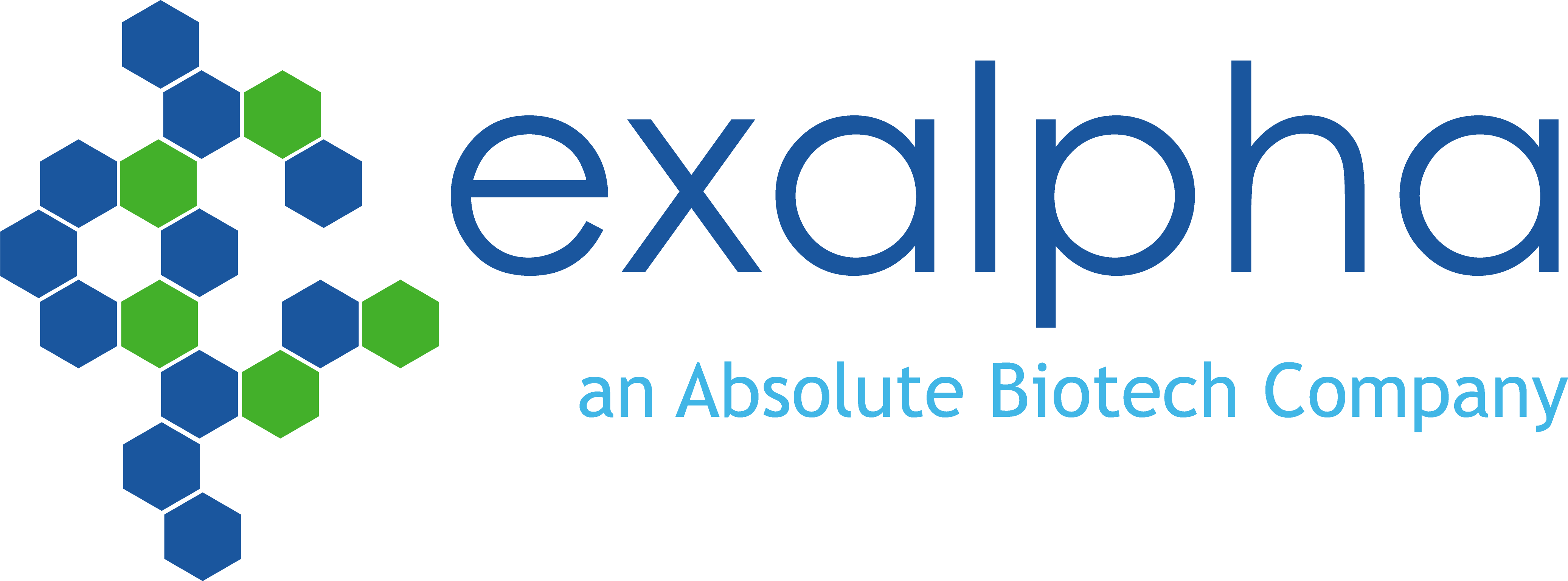News
-
-
- News
-
- M13 Bacteriophage
M13 Bacteriophage
Background
Discovered in 1963, M13 bacteriophage was first isolated from Escherichia coli bacteria. M13 is a single stranded DNA virus that belongs to the Inoviridae family of filamentous bacteriophages, which infect gram- negative bacteria. It is a member of the Ff (F-specific filamentous phage) class of phages and is one of the smallest filamentous bacteriophages known. M13 phage has the advantage of being able to reproduce within the infected host without causing cell lysis.
The M13 bacteriophage has been extensively investigated and much is now known about its biochemical, biophysical and genetic characteristics. Structurally, the M13 phage consists of five different proteins which include the minor coat proteins pIII, pVI, pVII, pIX and the major capsid protein pVIII. The phage predominantly consists of 2,700 copies of the pVIII protein, encoded by gene VIII (g8) with 4-5 copies of the minor coat proteins capping each end.
Early researchers demonstrated that the coat protein surface of the M13 phage could be genetically modified by incorporating foreign DNA fragments into the phage genome. The expression of exogenous peptides on the surface of filamentous bacteriophage was first described by Smith et. al. in 1985. Since this important discovery, M13 bacteriophage has been used widely as a vehicle for displaying various peptide ligands for use in biological investigations. The M13 phage has also been used to create vast display libraries for the screening and selection of recombinant antibodies, which is proving to be useful in the continuing search for therapeutic antibodies.
Antibodies recognising M13 filamentous phage coat proteins are instrumental in the selection and detection of phages expressing specific antibody fragments or peptide sequences at their surface. The monoclonal antibodies manufactured and supplied by Exalpha react with either the 45kDa pIII (g3p) or the 5KDa pVIII (g8p) proteins of M13 filamentous bacteriophage. All antibodies are available in a purified format. The antibodies are fully validated and are suitable for a wide range of techniques including: –
- ELISA
- Flow Cytometry
- Western Blot
- Immunohistochemistry
- Immunoprecipitation
Antibodies recognizing M13 filamentous bacteriophage
MUB0603P (clone RL-ph1) – Mouse anti M13 phage coat protein g8p, 0.1mg purified antibody
X1599M (clone RL-ph2) – Mouse anti M13 phage coat protein g8p, 0.1mg purified antibody
Z115M (clone E1) – Mouse anti M13 bacteriophage g3p, 0.1mg purified antibody
